Sabbatical Journey
Over the past few days, we have visited 3 magnificent temples!
ABU SIMBEL:
We took a very short flight from Aswan to Abu Simbel, nearly to the Sudanese border. This temple was flooded and underwater following the building of the Aswan Dam. The temple, itself quite impressive, also marks an extraordinary engineering feat as it was moved from its original location to higher ground and rebuilt. These two temples, over 3000 years old, for Ramses II and his favorite wife, Nefartari, are breathtaking in how they are built with magnificent sculptures and then carved into the mountains with series of interior rooms. But, then to think that they were cut into pieces (using hand saws only!) and then moved, it is just mind boggling! Engineers and funding from many countries cooperated in the 1960s to save this temple. The rebuilt temples were officially reopened to the public on September 22, 1968 ... Corey's birthday! Like so many sites we've seen in Egypt, it is hard to even describe the grandeur, scale and beauty!
Egyptian Temples
Abu Simbel, Kom Ombo, and Karnak, Egypt
Over the past few days, we have visited 3 magnificent temples!
ABU SIMBEL:
We took a very short flight from Aswan to Abu Simbel, nearly to the Sudanese border. This temple was flooded and underwater following the building of the Aswan Dam. The temple, itself quite impressive, also marks an extraordinary engineering feat as it was moved from its original location to higher ground and rebuilt. These two temples, over 3000 years old, for Ramses II and his favorite wife, Nefartari, are breathtaking in how they are built with magnificent sculptures and then carved into the mountains with series of interior rooms. But, then to think that they were cut into pieces (using hand saws only!) and then moved, it is just mind boggling! Engineers and funding from many countries cooperated in the 1960s to save this temple. The rebuilt temples were officially reopened to the public on September 22, 1968 ... Corey's birthday! Like so many sites we've seen in Egypt, it is hard to even describe the grandeur, scale and beauty!
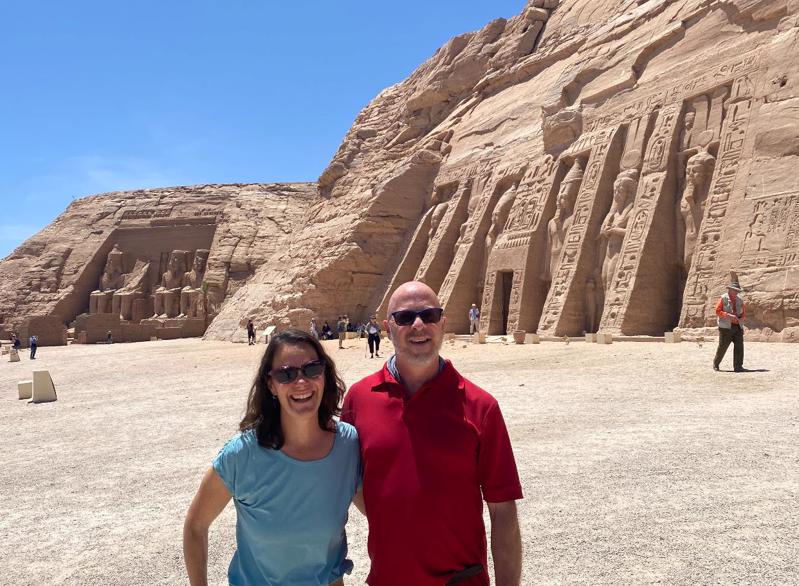
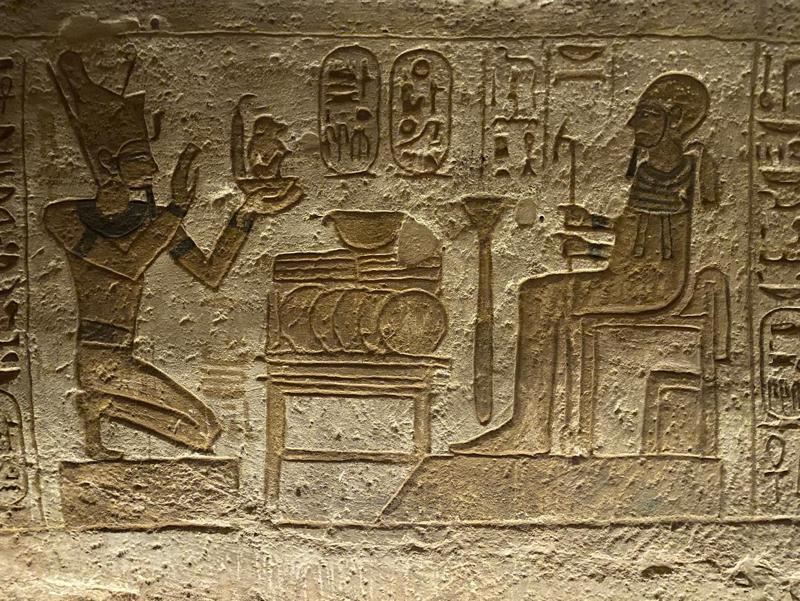
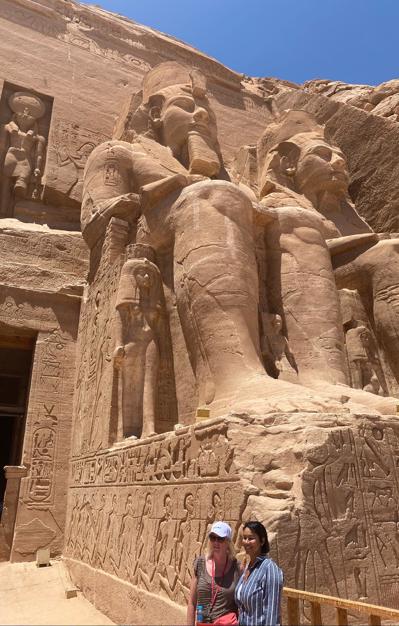
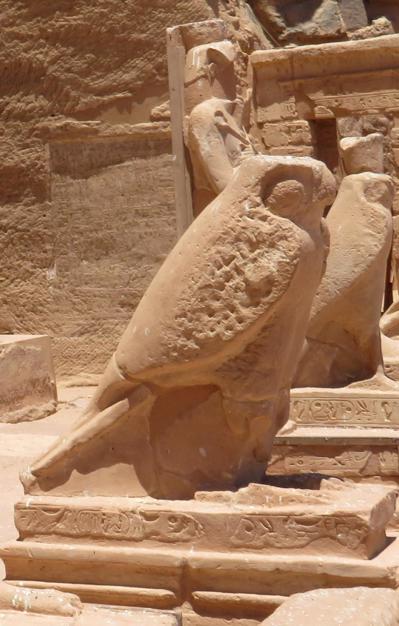
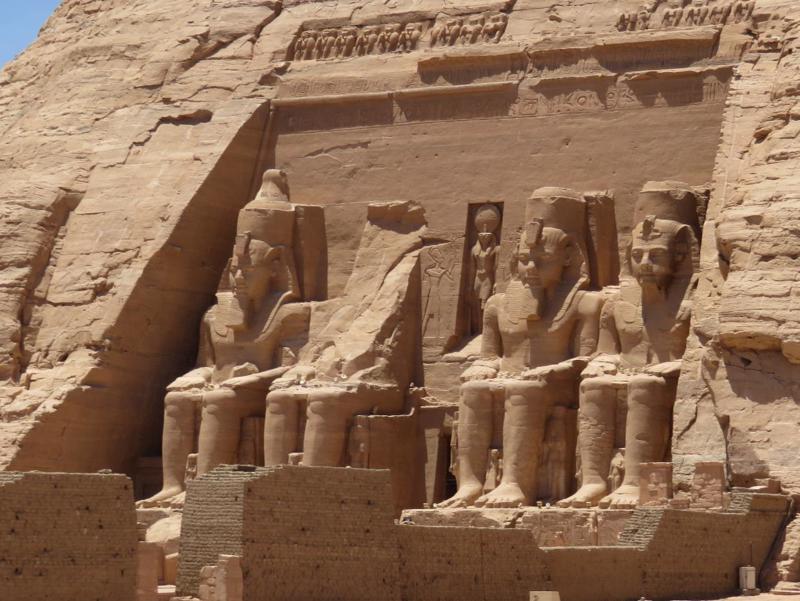
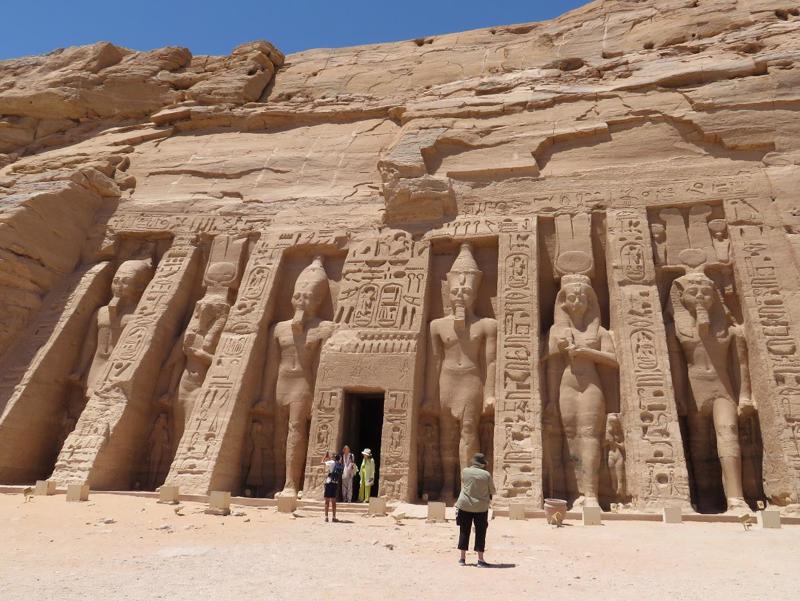

KOM OMBO:
As we were sailing north on the Nile, we docked early yesterday morning to see the temple at Kom Ombo. This is a Greco-Roman temple, so dated much later than Abu Simbel, and a rare dual temple dedicated to the Crocodile God, Sobek, and the Falcon God, Horus. Again, there is just so much to take in with these temples between the building itself, the sculptures and then paintings and writing on the walls. I feel like we retained maybe 10 percent of what our guide taught us while exploring.
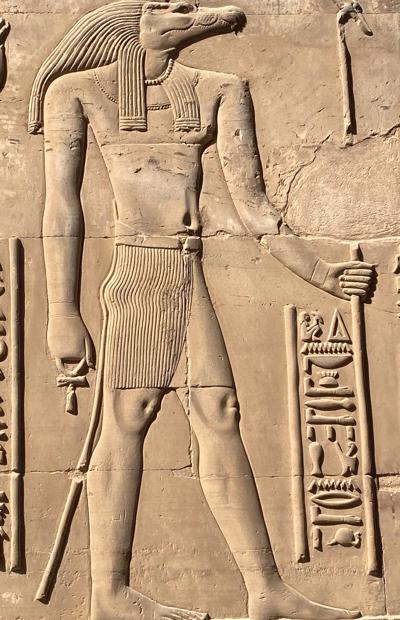

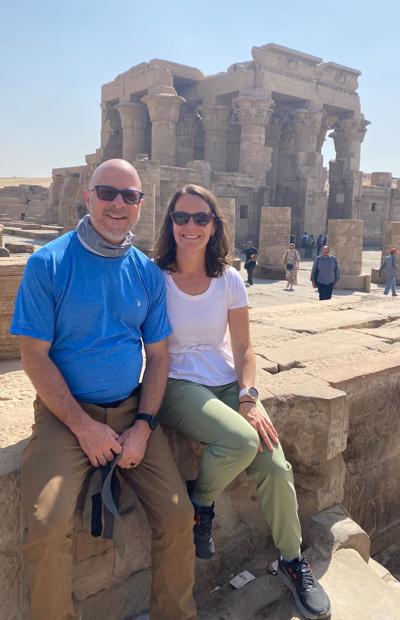
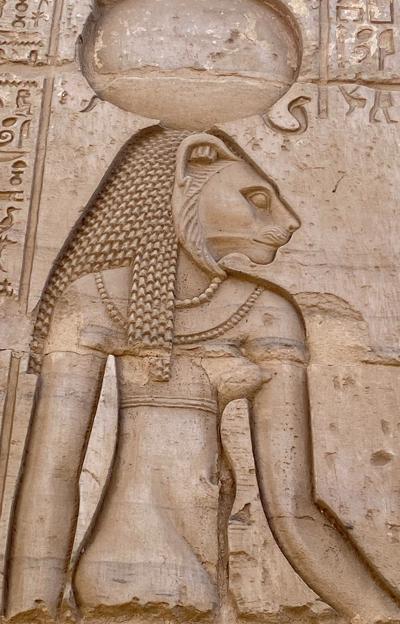
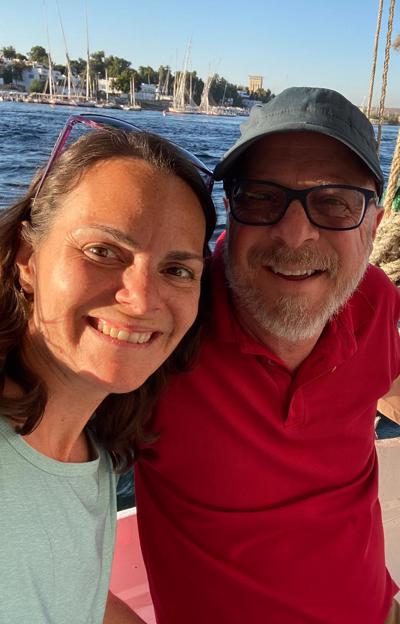

KARNAK:
This morning we visited the Karnak temple in Luxor. This temple is seriously impressive as the whole site occupies 200 acres! The temple was built over the course of 2100 years with additions as each of the pharoahs of the New Kingdom wanted to add their own mark. We saw ram-headed sphinxes -- a fun nod to our hometown CSU rams -- obelisks, columns, and art work everywhere. One interesting part of this temple right now is that it is in very different stages of restoration. Some parts are still standing, some have been rebuilt, some of the painting has been cleaned to show off the colors, and some areas are still basically rubble that will take "100 years to sort through" according to our guide. We watched several teams of archeologists actively working on the site during our visit.
Our guide, Hoda, clearly is so passionate about temples especially and over the years has worked her way into favor with the guards who she bribed to get us into some areas recently restored but still closed off to the public. It was very cool to see these smaller temples with no crowds.
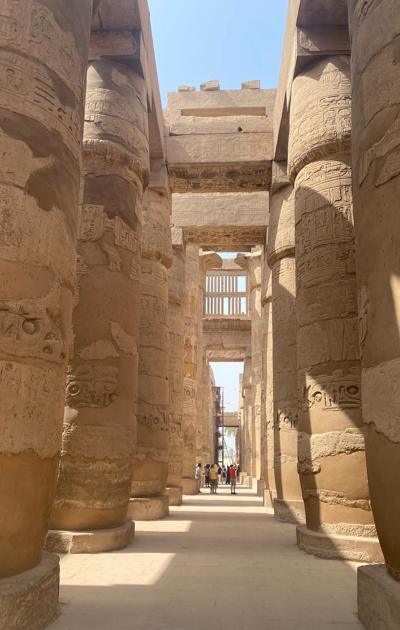
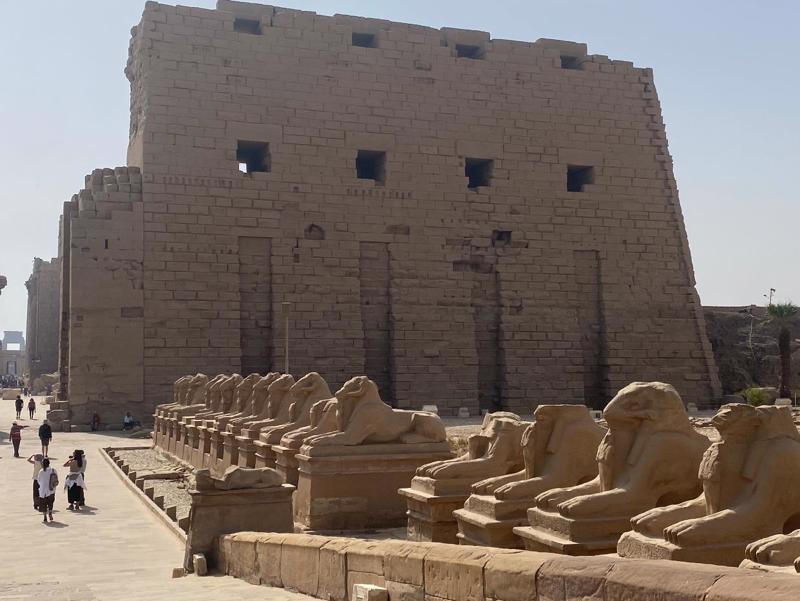
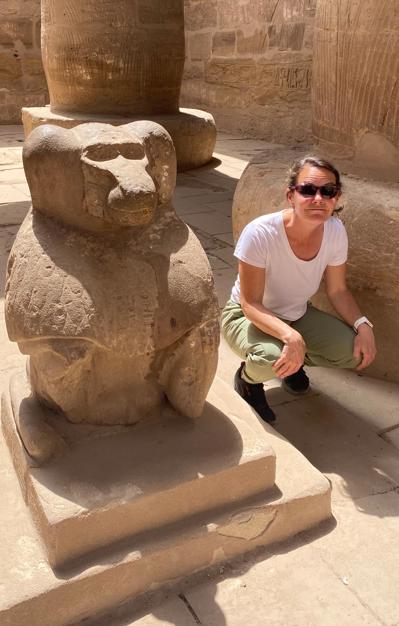
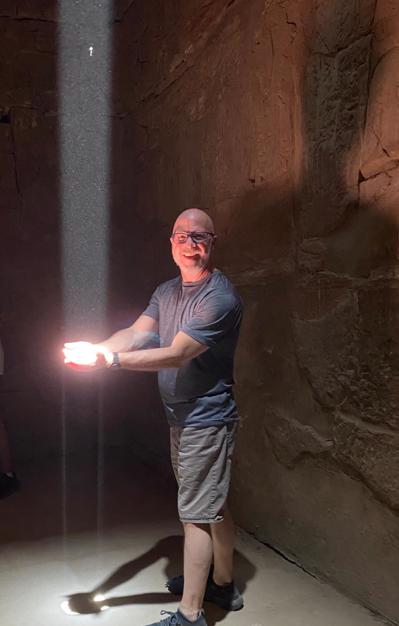
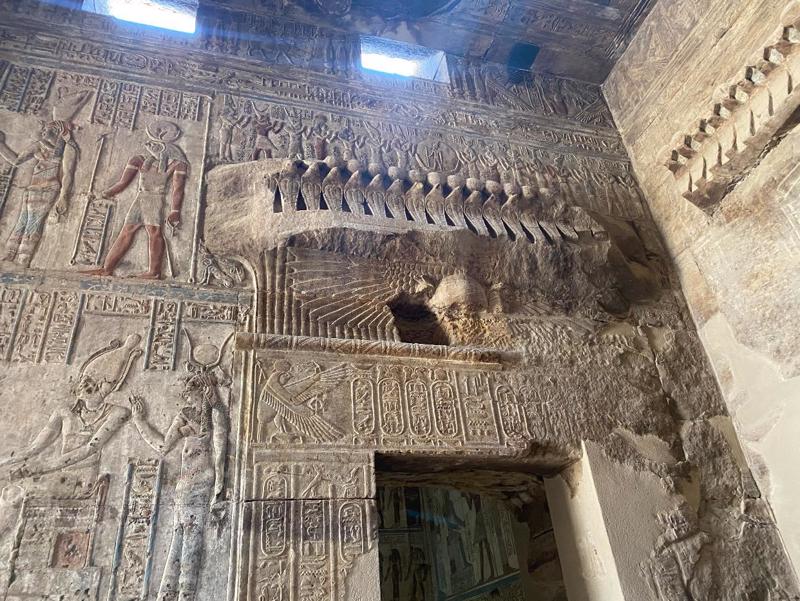

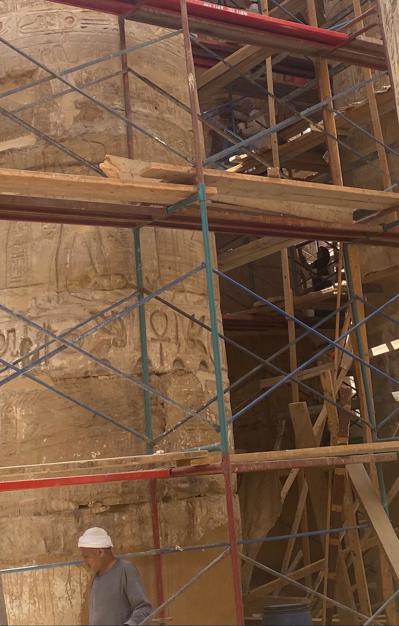
1.
Foreword
2.
The Itinerary
3.
Packing
4.
Cairo - Part 1
5.
Cairo - Part 2
6.
Sites of Ancient Egypt
7.
Egyptian Temples
8.
Valley of the Kings
9.
Egyptian Culture and Final Thoughts
10.
From Egypt to Morocco
11.
Northern Morocco
12.
Water and Climate Issues
13.
Cultural Capital of Morocco
14.
The Sahara Desert and Atlas Mountains
15.
The Road of 1000 Kasbahs and onto Marrakech
16.
A Wee Break in Londontown
17.
Malawi - First Impressions
18.
BEE World Pastor's Course
19.
Malawi’s National Parks
20.
Zomba Plateau
21.
Malawi, a Retrospective
22.
Plant with Purpose Tanzania
23.
Tanzania Safari
24.
Safari Animal Sighting List
25.
Enchanting Istanbul
26.
Classical Turkey & the Aegean Coast
27.
Cappadocia
28.
Lisbon
29.
Portugal's Heartland
30.
A Rocha Visit and the Southern Coast of Portugal
31.
Welcome
32.
Looking Back and Moving Forward
33.
...and home!